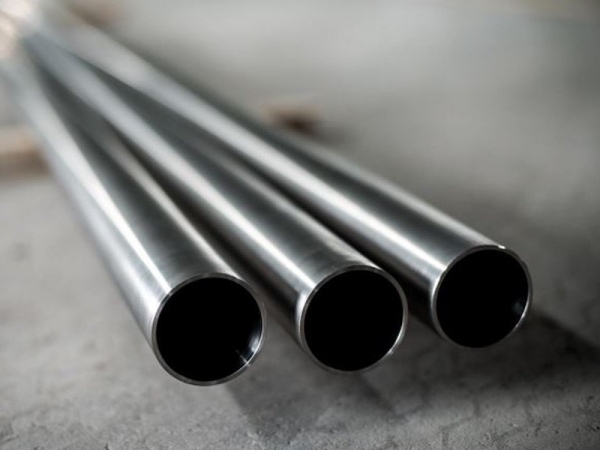Nickel is a primordial element that can alloy with many other metals, including chromium, iron, molybdenum and copper. Adding nickel to other metals will change the properties of the resulting alloy and produce desired characteristics, for example, outstanding corrosion and oxidation resistance, exceptional high temperature strength and other unique properties. Today, we will talk about common nickel alloy list in details.

The following is simplistic introduction of various nickel alloy types:
1. Wrought Nickel
Wrought nickel is corrosion resistant, which can be used in the chemical industry.
2. Nickel-Iron Alloys
Nickel-iron alloys are used as soft magnetic materials, glass-to-metal seals and materials with defined thermal expansion properties.
3. Nickel-Copper Alloys
Nickel-copper alloys are highly resistant to corrosion by alkaline solutions, non-oxidizing salts and seawater.
4. Nickel-Molybdenum Alloys
Nickel-molybdenum alloys can offer high chemical resistance to strong acids and other reducers (hydrochloric acid, hydrogen chloride, sulfuric acid, and phosphoric acid).
5. Nickel-Chromium Alloys
Nickel-chromium alloys are known for high corrosion resistance, high temperature strength, and high electrical resistance.
6. Nickel-Chromium-Iron Alloys
There are 2 types of nickel-chromium-iron alloys:
Ni – Cr – Fe alloys offer high temperature strength, carburisation resistant, oxidation and other types of high-temperature resistant.
Ni – Cr – Fe (with Mo and Cu) alloys are corrosion resistant in specific applications.
7. Nickel-Chromium-Molybdenum Alloys
Nickel-chromium-molybdenum alloys also provide high corrosion resistance especially with regard to reducing acids (hydrochloric acid and sulfuric acid).
8. Nickel-Chromium-Cobalt Alloys
Nickel-chromium-cobalt alloys of nickel can add creep rupture strength through adding chromium and molybdenum, which are applied for industrial furnace components, gas turbines, fossil fuel production facilities, etc.
9. Nickel-Titanium Alloys
Nickel titanium alloys offer excellent shape retention of shape memory properties, which have a super-elastic property that can be exploited to provide spectacle frames and shock absorbers that provide earthquake resistance in historic stone buildings.
Common Nickel Alloy Trade Names
|
Name |
Alloy type |
|
Nickel 200 |
99% + pure Nickel |
|
Nickel 201 |
99% + pure Nickel |
|
Monel 400® |
Nickel-Copper |
|
Monel R405® |
Nickel-Copper |
|
Monel K500® |
Nickel-Copper |
|
Inconel 600® |
Nickel-Chromium-Iron |
|
Inconel 601® |
Nickel-Chromium-Iron |
|
Inconel 617® |
Nickel-Chromium-Cobalt |
|
Inconel 625® |
Nickel-Chromium-Iron |
|
Inconel 718® |
Nickel-Chromium-Iron |
|
Inconel X750® |
Nickel-Chromium-Iron |
|
Incoloy 800® |
Nickel-Chromium-Iron |
|
Incoloy 825® |
Nickel-Chromium-Iron |
|
Hastelloy C22® |
Chromium-Molybdenum-Tungsten |
|
Hastelloy C276® |
Nickel-Chromium-Molybdenum |
|
Hastelloy B2® |
Nickel-Chromium-Molybdenum |
|
Hastelloy X® |
Nickel-Chromium-Iron-Molybdenum |
|
Vascomax® C250 |
Nickel-Cobalt-Molybdenum |
|
Vascomax® 300 |
Nickel-Cobalt-Molybdenum |
|
Vascomax® C350 |
Nickel-Cobalt-Steel |
|
Rene® 41 |
Nickel-Chromium |
|
Multimet® N155 |
Nickel-Chromium-Cobalt |
|
Waspaloy 25™ |
Nickel-Cobalt |
|
Invar 36® |
Nickel-Iron |
|
Invar 42® |
Nickel-Iron |